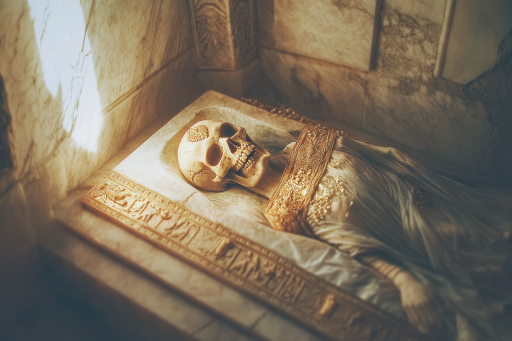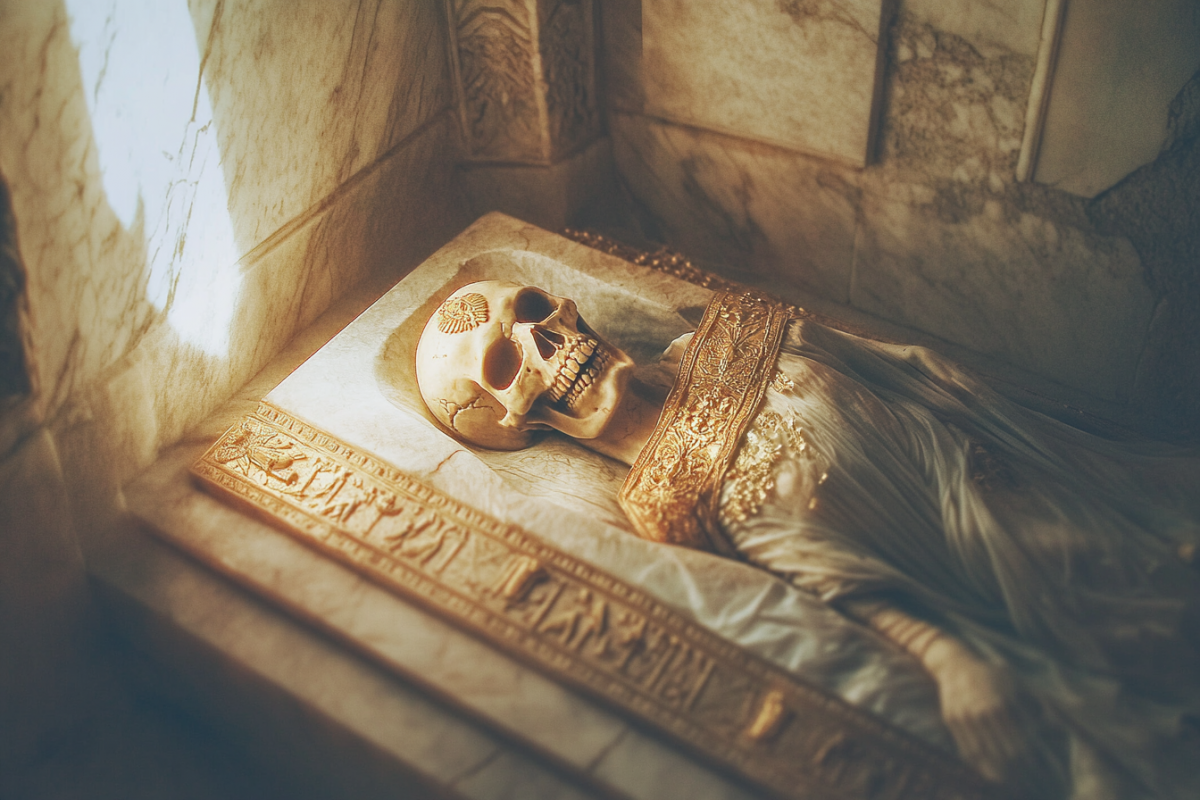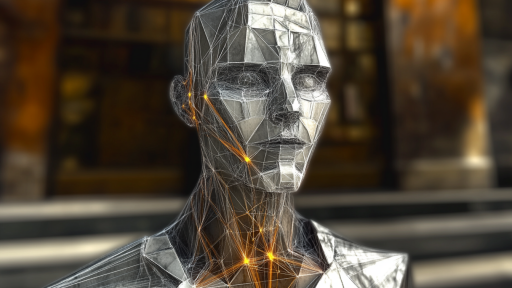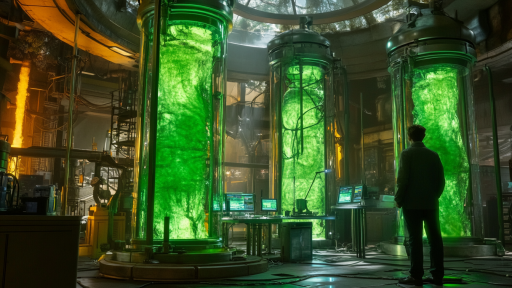
Ancient tombs hold the secrets of civilizations long past, but not every burial is what historians expect. From bizarre artifacts to unexplained remains, some discoveries defy logic, challenging what we know about ancient rituals, beliefs, and technology. These findings range from unsettling to outright baffling, leaving experts with more questions than answers. Step inside the crypts of the past and uncover the strangest things ever found within ancient tombs.
Severed Hands Piled Beneath an Egyptian Palace

Archaeologists excavating a palace in Avaris, Egypt, discovered something chilling—a pit filled with dozens of severed hands. Dating back over 3,600 years, the hands were all right hands, suggesting they may have been cut from enemies as trophies. Ancient texts reference such a practice, but seeing physical evidence of it is unsettling. Whether this was an offering, a punishment, or a gruesome tally of victory, the truth remains uncertain.
A Vampire Burial With a Brick in Its Mouth

In a medieval tomb in Poland, a skeleton was found with a brick wedged between its jaws—a common practice in suspected vampire burials. People of the time believed this prevented the dead from rising and spreading disease. Other graves have revealed similar strange precautions, including bodies with iron stakes through the heart or heavy stones pinning them down. Were these just superstitions, or did people fear something real lurking in the shadows of death?
A Giant’s Tomb in Sardinia

Legends of giants have existed for centuries, but an ancient Sardinian tomb only added to the mystery. Within the so-called “Tombs of the Giants,” researchers found skeletal remains significantly larger than typical human bones. While some dismiss these as misidentified remains, others believe they could be evidence of an unknown race of ancient giants. Whether folklore or fact, the tomb continues to fuel speculation about lost histories.
A Mummified Monk Inside a Buddha Statue

A Buddhist statue from China held an astonishing secret—inside it was a mummified monk, perfectly preserved in a meditative pose. CT scans revealed the body had been placed within the statue over a thousand years ago, possibly as part of a sacred practice called self-mummification. The discovery suggests the monk’s followers honored him by transforming his remains into an eternal symbol of enlightenment. The dedication required for such a process is both awe-inspiring and deeply unsettling.
The Golden Tongues of the Dead

Egyptian tombs have yielded many strange artifacts, but few are as eerie as the golden tongues placed inside the mouths of mummies. Believed to be a ritual practice to help the deceased speak in the afterlife, these delicate gold pieces were shaped like human tongues. Found in tombs over 2,000 years old, the custom suggests a deep concern for communication beyond death. Did the ancients believe the dead still had things to say?
A Mass Sacrifice of Children and Llamas

On the coast of Peru, archaeologists uncovered a mass grave containing the remains of over 140 children and 200 young llamas, sacrificed in an ancient ritual. The burial site, dating back to the Chimú civilization, shows evidence that the children’s hearts were removed, possibly as an offering to stop catastrophic weather events. The scale of the sacrifice is almost unimaginable, leaving behind the haunting question—what could have driven an entire civilization to such an act?
A Glass Dagger in a Warrior’s Tomb

In a Bronze Age tomb in Spain, archaeologists uncovered a dagger crafted from rock crystal, a rare and incredibly difficult material to shape. The weapon suggests that the warrior it was buried with held a high status, possibly even a legendary reputation. Given that crystal was considered to have spiritual properties, the dagger might have been more than just a weapon—it may have been a tool for navigating the afterlife.
A Nest of Ancient Brains Preserved for Centuries

Inside an ancient burial site in Turkey, researchers discovered something almost impossible—brains that had survived for thousands of years. Normally, soft tissues decay quickly, but these brains were encased in burnt skulls, preserved through a process similar to natural mummification. Scientists believe a rapid fire and burial in clay helped prevent decomposition. What else might have been preserved in ways we don’t yet understand?
A Tomb Sealed With a Deadly Curse

Some tombs come with warnings, and one such discovery in China was no exception. An ancient tomb was sealed with an inscription warning that whoever opened it would be cursed. Despite the eerie warning, archaeologists entered—and found an astonishingly well-preserved noblewoman inside. Whether the curse is real or not, tales of deadly consequences have long surrounded those who disturb the dead.
A Roman Burial With a Plague Warning

In ancient Rome, a tomb was found with a chilling inscription: “Stay away, this tomb is sealed against the plague.” Inside, the skeletal remains showed evidence of a deadly disease, possibly smallpox or tuberculosis. The warning suggests that even in the ancient world, people understood the risks of contagion. Did they truly believe sealing the tomb would prevent the disease from spreading?
An Unknown Pharaoh With No Name

Deep in Egypt’s Valley of the Kings, archaeologists uncovered a royal tomb unlike any other. The body was wrapped in a lavish burial shroud, yet there was no name on the sarcophagus or the walls. In Egyptian belief, erasing a name meant erasing a soul, leading experts to wonder—was this ruler intentionally erased from history? The mystery of the forgotten pharaoh remains unsolved.
The Dead Still Have Secrets to Tell

Tombs are meant to keep the dead at rest, yet they often raise more questions than they answer. Strange discoveries buried alongside ancient rulers and warriors hint at forgotten rituals, lost beliefs, and secrets that were never meant to be uncovered. Were these odd artifacts and remains part of sacred traditions, or do they point to something far stranger? Perhaps the past is not as distant as we think—it may still be whispering, waiting to be understood.





